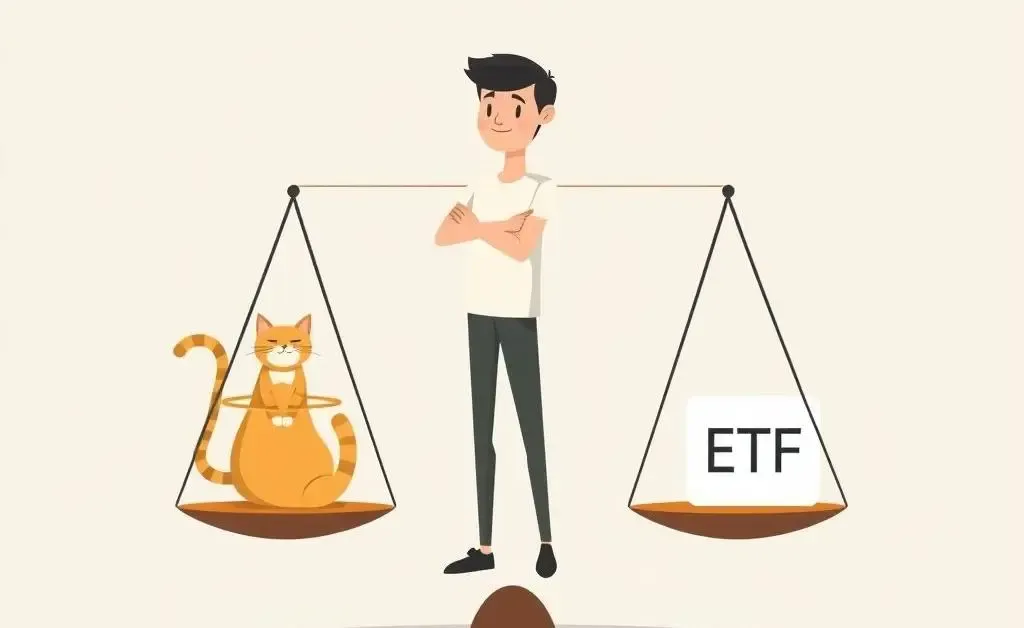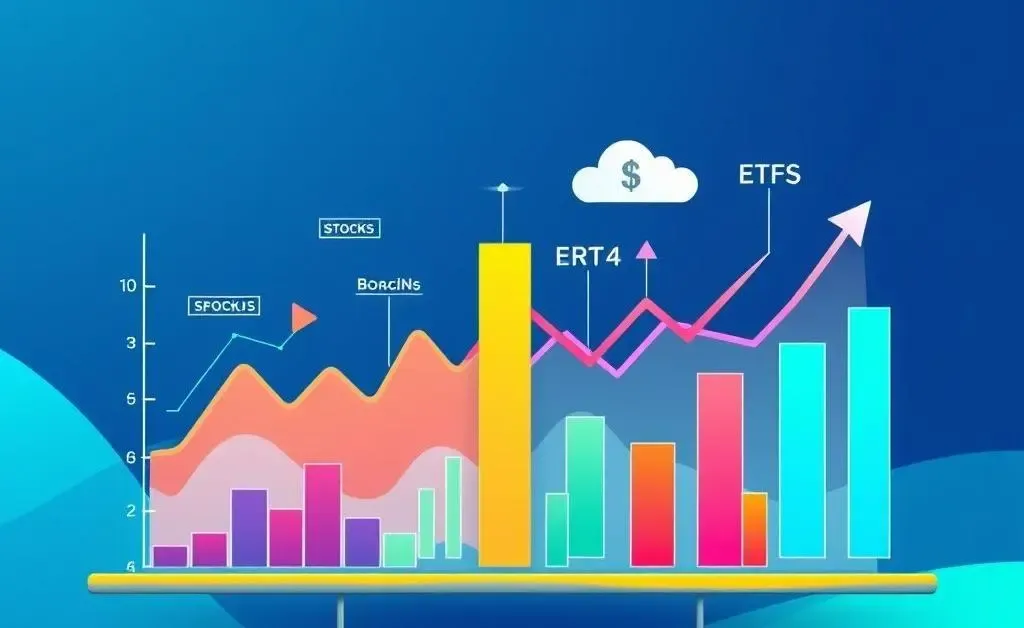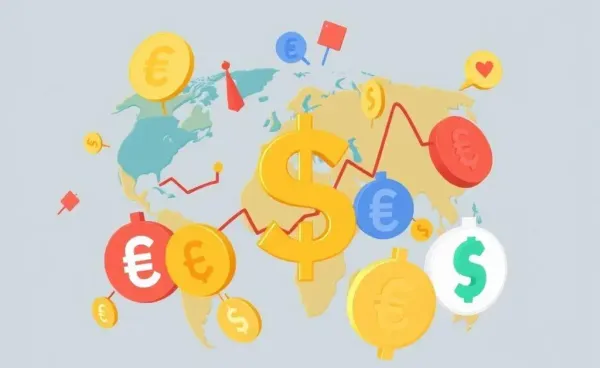Understanding Cat Bonds and ETFs: Risk, Rewards, and Everything in Between
Explore cat bonds and ETFs, delving into their risks, benefits, and how they impact your financial strategy.

Are Cat Bonds and ETFs Right for You?
If you're like most investors, the world of cat bonds and ETFs might seem a bit bewildering. Cat bonds, or catastrophe bonds, are unique financial instruments designed to help insurance companies manage risk while offering potentially high returns to investors. Meanwhile, Exchange-Traded Funds (ETFs) represent a versatile and increasingly popular investment choice for both beginners and seasoned investors.

What's the Deal with Cat Bonds?
At their core, cat bonds provide financial relief to insurance companies in the event of natural disasters like hurricanes, earthquakes, or floods. But here’s the catch: these bonds can be lost entirely if such a disaster occurs. So why would anyone invest in them? Well, because when there's no disaster, the returns can be intriguing.
Imagine you're a risk taker like my friend Alex, who loves to live life on the edge. Alex once said, "Investing in cat bonds feels like riding a roller coaster – thrilling and unpredictable." While not for everyone, cat bonds can add a spicy element to one's portfolio for those willing to gamble a bit.
The Appeal of ETFs
In contrast, ETFs are more like a reliable yet exciting deck chair on a serene beach. They offer broad market exposure, cost-efficiency, and the flexibility of trading like a stock. Whether you're bullish on tech or focused on emerging markets, there's an ETF tailored to your investment preferences.

- Diversification: ETFs allow you to spread your investment across various sectors.
- Liquidity: Buy and sell ETFs quickly, thanks to their stock-like nature.
- Low Costs: ETFs often come with lower expenses compared to mutual funds.
Choosing Between Cat Bonds and ETFs
The decision boils down to your risk tolerance and investment goals. Cat bonds offer high potential returns with increased risk, appealing to the adventurous investor. ETFs, with their diversification benefits and liquidity, are ideal for those seeking steady growth with less heart-stopping drama.

Making Your Choice
As you consider these options, ask yourself: What's your comfort level with risk? How do you envision your portfolio growing over the next decade? Exploring these questions will guide you to a strategy that matches your financial goals.
In the ever-evolving landscape of investments, it's crucial to stay informed and adaptable. After all, the best investment strategy is the one that aligns with your risk appetite and long-term objectives.
Have you ever thought about incorporating cat bonds or ETFs into your portfolio? Which investment strategy do you find more appealing, and why?




